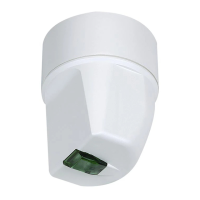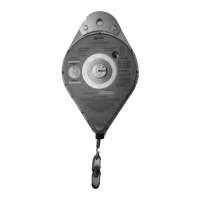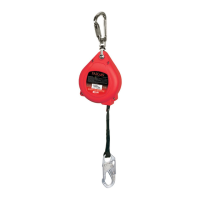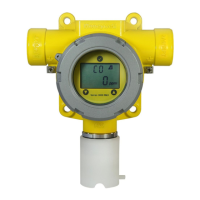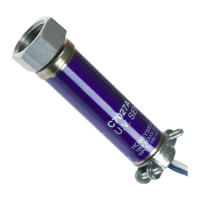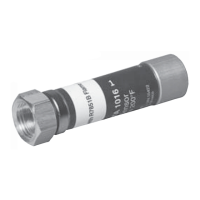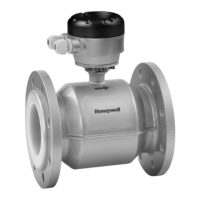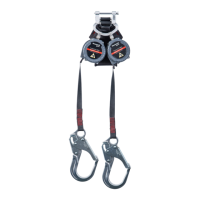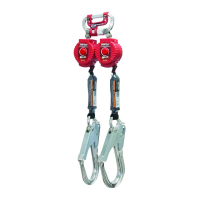MeshGuard LEL IR & CO2 IR User’s Guide
17
5.5. Wireless Communication Indicator
When wireless communication is turned on, the LCD displays the wireless link status in
the upper left corner:
If the instrument finds and joins a wireless network, an antenna icon is shown in the
display. If no link or a weak link is established, no antenna icon is shown. Press [Y/+] to
manually search for a network.
In RTR mode, the antenna icon flashes on and off, indicating that the modem is always
active and transmitting. With an external RAE BatteryPak, the MeshGuard LEL IR can run
for up to 45 days, the MeshGuard CO2 IR up to 40 days.
In STD mode, the antenna icon is shown continuously (solid), indicating that the modem is
active whenever alarm data is transmitted. This conserves battery power. With an external
RAE BatteryPak, the MeshGuard LEL IR can run for up to 4 months, the MeshGuard CO2
IR up to 80 days.
5.6. Operation Modes
The instrument can operate in Standard (STD) or Router (RTR) mode. In STD mode, it transmits
data to the host at a set interval (the default is 30 seconds) or anytime an alarm occurs. In RTR
mode, the MeshGuard LEL IR or MeshGuard CO2 IR transmits data in real time, and it can also
work as a router as needed to relay data from STD devices back to the host.
Note: Operating in RTR mode reduces battery life. The transmission interval can be changed in
Programming Mode to extend battery life. See page 21 for details.
In addition, there is a Detection Mode for standard operation, Programming Mode for making
changes to values (such as the High Alarm, etc.), Diagnostic Mode (for servicing and checking the
sensor, etc.), and Diagnostic Programming Mode, which is for selecting between Standard (STD) &
Router (RTR) modes, etc.
The diagram on the next page shows how to enter and step through the menus in each mode.
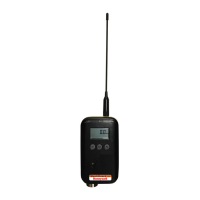
